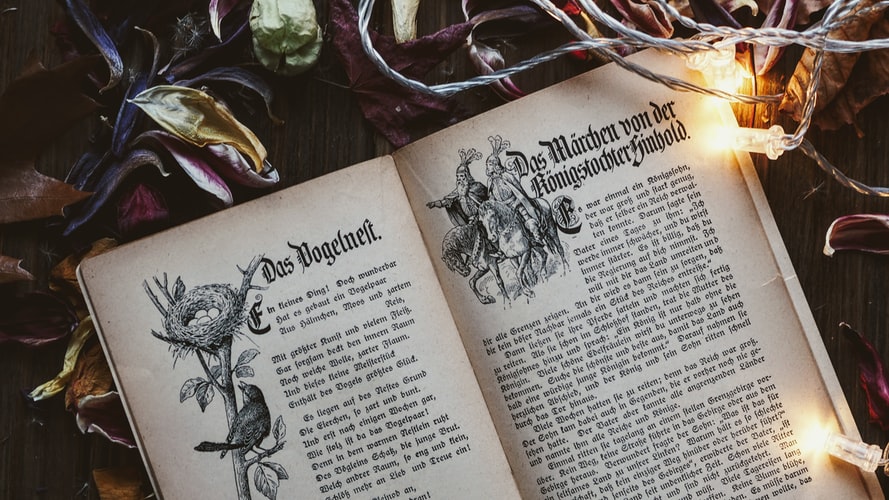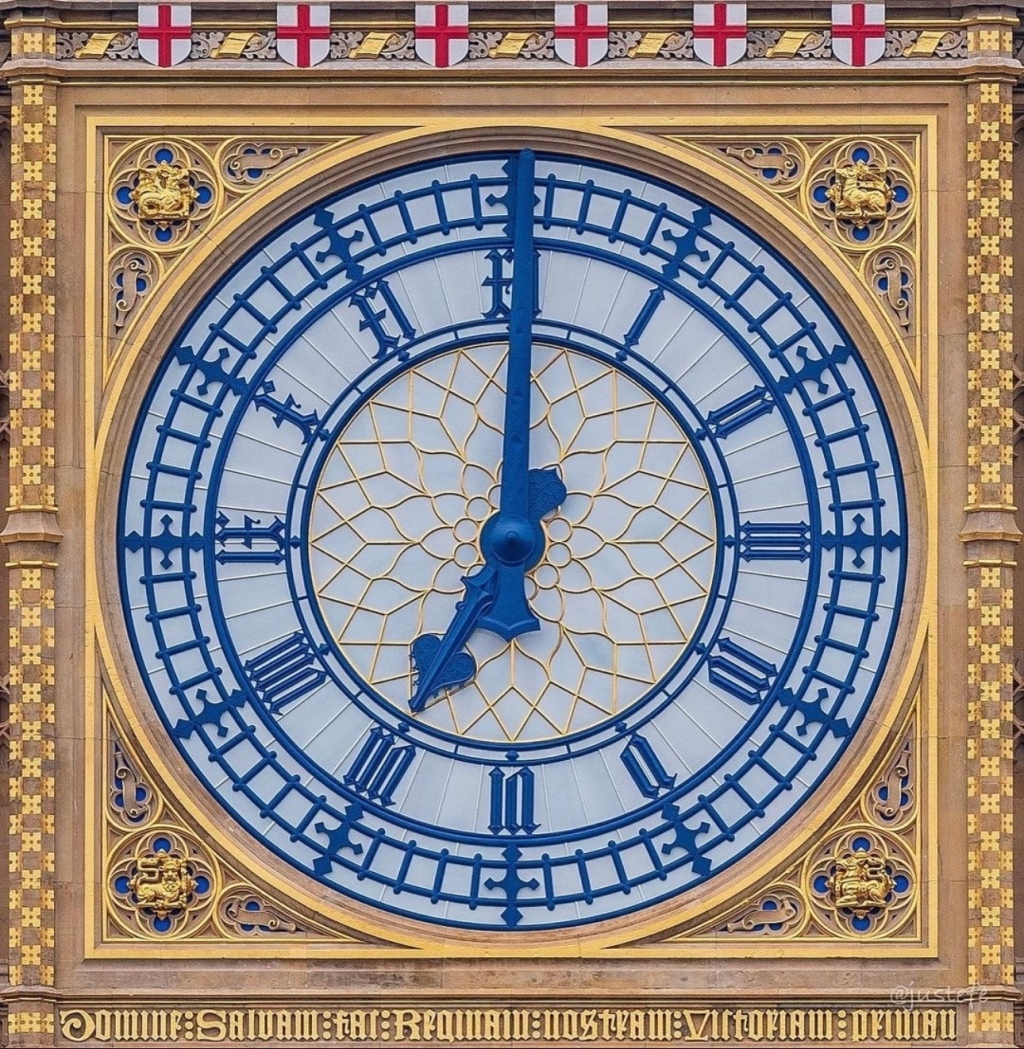Welcome fellow souls to « The Human Family Crash Course Series, » a new project collaborated together by empress2inspire.blog and dios-raw.com. Together we will be working on a different topic for each crash course; our seventh topic is focused on «Magic». Each topic will have eight posts with posts on Mondays and Thursdays. We hope you enjoy our series and we look forward to knowing how our posts have inspired you!
“Wizard” is from an old word that meant “wise man,” but it gradually came to mean a magician, and usually one who had obtained his magical skills through study.
“Witch” is from an Anglo-Saxon word that meant roughly “pagan,” and was often applied to old women who had learned various useful tricks — herbal remedies, ways to deal with injured livestock, and so on — just by living long enough to pick them up and remember them. This was seen as magic, and the medieval church didn’t approve of anyone doing magic other than priests, so witches got a lot of grief and were accused of consorting with demons to gain their powers. The Hebrew word that got translated as “witch” really meant something more like “poisoner,” but the translators couldn’t agree on an exact English equivalent and went with “witch,” much to the detriment of lots of harmless old women trying to get by selling herbal potions. A“witch” usually means someone who knows nature magic, while a wizard is someone who knows scholarly magic. Witches were often accused of consorting with demons, but medieval wizards were the ones who historically really did try to summon and command demons.
Witches take many forms in traditional image in European and American folklore, such as that of a wrinkly old woman, perhaps wearing a black robe and a cone-shaped hat. These witches stereotypically communicate with evil spirits called familiars, which often take the form of a black cat. According to legend, Japanese witches have owls as familiars, and African witches have monkeys. Flight is often associated with witchcraft. In American folktales, witches usually travel through the night skies on enchanted broomsticks. In some parts of Africa, witches are said to fly on bats. African witches often take the form of animals and eat human flesh. In the mythology of some cultures, witches can change into animals to prey upon their victims.
The tradition of witchcraft is ancient. The book of Samuel in the Old Testament of the Bible contains an account of a sorceress called the Witch of Endor. Saul, the first king of Israel, banished magicians from his kingdom but finally asked for advice from the Witch of Endor, who had “a familiar spirit.” Assured that she would not be punished for practicing magic, the witch called up the spirit of Samuel, a dead prophet of the Israelites. The spirit predicted Saul’s defeat in the battle that was to take place the next day.
Witchcraft and magic played an important role in the Arthurian legends of Britain. Merlin, a powerful wizard, guided and influenced King Arthur throughout his life. A witch named Morgan Le Fay also appeared in the legends and took care of Arthur after he was wounded in battle.






Leave a reply to GS Cancel reply